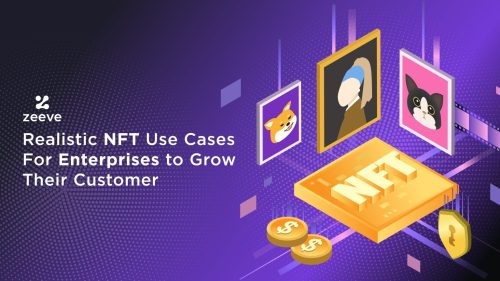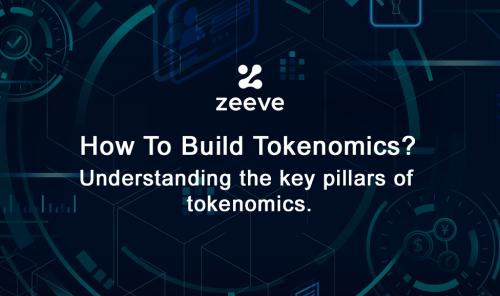Five Ways that Blockchain is Reshaping the Energy Industry
It seems wherever you look these days you will encounter some article, post, or blog about Bitcoin and blockchain. As the price of Bitcoin soars above $10,000, it is becoming harder not to get swept up by the hype. Cryptocurrencies (Bitcoin) aside, many don’t see the ever-growing community of innovative startups and technology players utilizing blockchain to:
- solve complex problems,
- improve processes, and
- change the way we interact with our world.
While many of the initial applications of blockchain technology focus on the financial sector, recent examples such as Walmart’s implementation of IBM’s blockchain-based supply chain network is a prime example of how blockchain impacts a wide variety of industries and creates innovative solutions to some of the world’s toughest problems. Walmart seeks to utilize the blockchain to reduce the occurrences of foodborne illness by enabling quicker and more accurate responses to outbreak situations.
Likewise, the energy industry has also seen a great deal of interest in blockchain-based solutions. Startups like LO3 Energy and Power Ledger are redefining concepts around energy transactions by enabling peer-to-peer energy sales and creating new ways to engage the market, while companies like Impact PPA seek to find new ways to fund new generation developments. These two instances represent just a small portion of potential applications and use cases relevant to the energy sector. Many other applications exist in the areas like transmission and distribution, trading, and renewable energy. Below is a list of 5 areas currently being impacted by blockchain technology:
1. Decentralizing Energy Retail
Peer-to-peer energy transactions between residential owners of rooftop solar panels and their neighbors have been enabled via blockchain-based trading platforms as seen in LO3 Energy’s TransActive Grid network in New York. This platform utilizes a localized microgrid to facilitate power sales within a neighborhood. In addition to creating an alternative source of revenue for the owners of rooftop solar panels, this also serves to diversify energy supply on a consumer level for increased resilience during events like Hurricane Sandy. Other examples include companies like Grid+ which looks to enable customers in deregulated markets to procure energy at close-to-wholesale prices using an in-home energy procurement device which automatically purchases power and seeks energy arbitrage opportunities by utilizing renewables and energy storage.
2. Improving Transmission and Distribution System Stability
The need for balancing transmission systems and providing ancillary services has increased substantially over the past decade due in part to the proliferation of renewable energy. These requirements will only grow as more renewables come onto the system. Companies like the UK-based “Electron” look to solve some of these issues by increasing market flexibility through coordinated actions between multiple users via a blockchain-based trading platform and demand-side response. This additional layer of flexibility utilizing blockchain represents a decentralized measure to support grid stability.
3. Creating New Mechanisms for Project Financing
Project financing for energy projects typically rests either with financial institutions, NGOs, or government agencies. Companies like Impact PPA look to utilize blockchain in order to launch token-based fundraising mechanisms (Initial Coin Offerings “ICO”) to aggregate and collect funds on a decentralized basis. This non-traditional form of project financing seeks to reduce the time required to secure financing as well as tapping into new sources of capital. These systems are especially helpful in less-developed countries and economies where the stable financial systems present in more developed countries do not exist.
4. Streamlining Energy Trading
Energy trading relies on a variety of back-office processes including confirmations, settlements, and reconciliations. In a business where speed, accuracy, and responsiveness to market signals determine success, blockchain addresses these elements in a big way. Simple tasks such as payments and confirmations require whole teams to ensure data availability, reliability, and accountability. Not only businesses but also consumers would stand to benefit from a world where blockchain creates seamless transactions between parties, significantly improving market inefficiencies.
5. Improving Renewable Generation Accountability
Renewable energy certificates are significant drivers of value for renewable assets, however, tracking and managing the production of the certificates remains cumbersome. Today the management of these certificates sits with multiple intermediaries and third parties. This is costly, time ineffective, and prone to errors. A blockchain-based solution facilitating the automatic capture and transfer of meter-level renewable generation data ensures accuracy and significantly improves transactability.
Many other energy-specific use cases exist today, leveraging the unique benefits offered by blockchain technology. Now we look forward to hearing from you. How is blockchain impacting your world?
For More Information:
To find out more about the Government Blockchain Association (GBA) Energy Working Group, contact: Christopher Peoples
To find out about blockchain Energy related events, please visit our Blockchain Energy Events Page







Responses